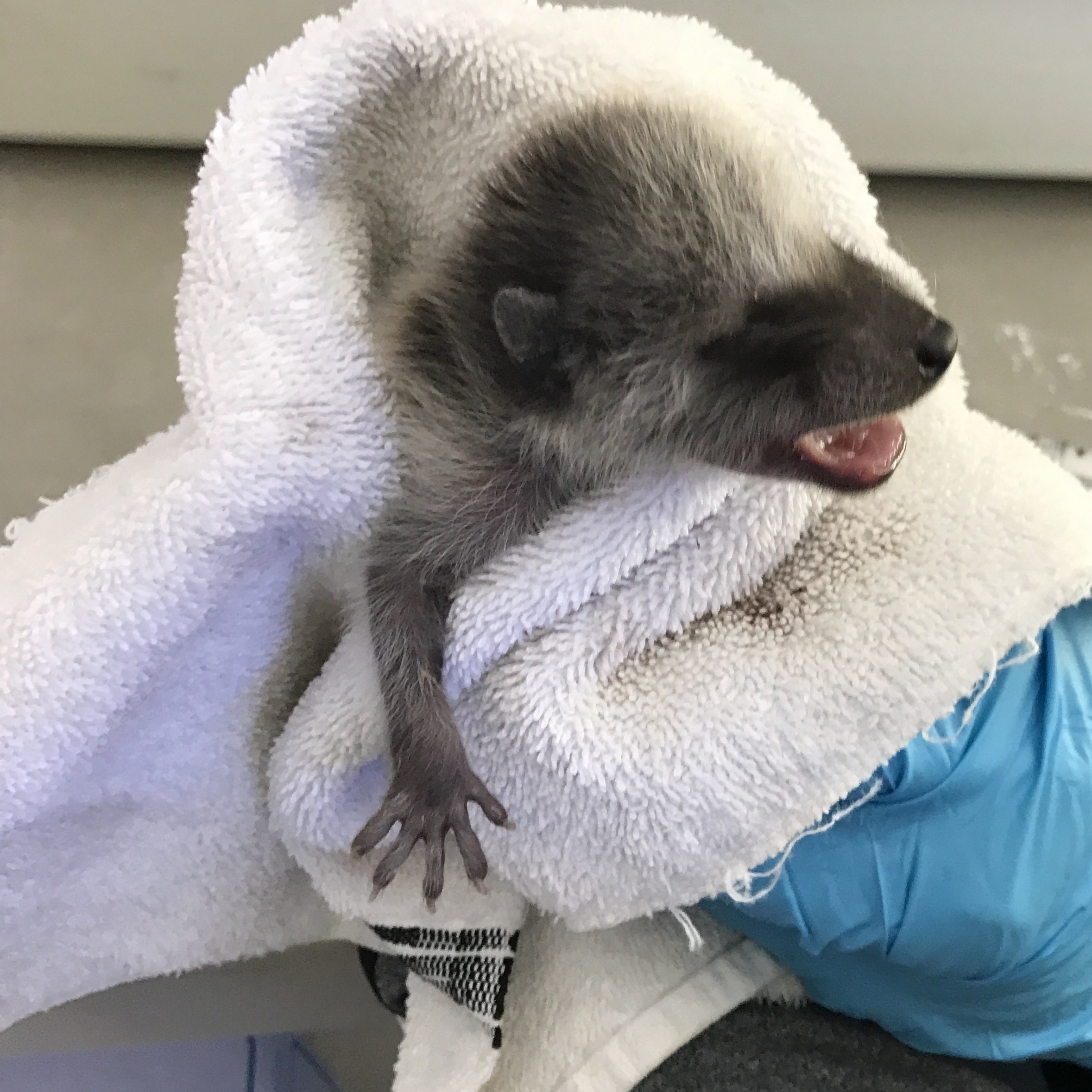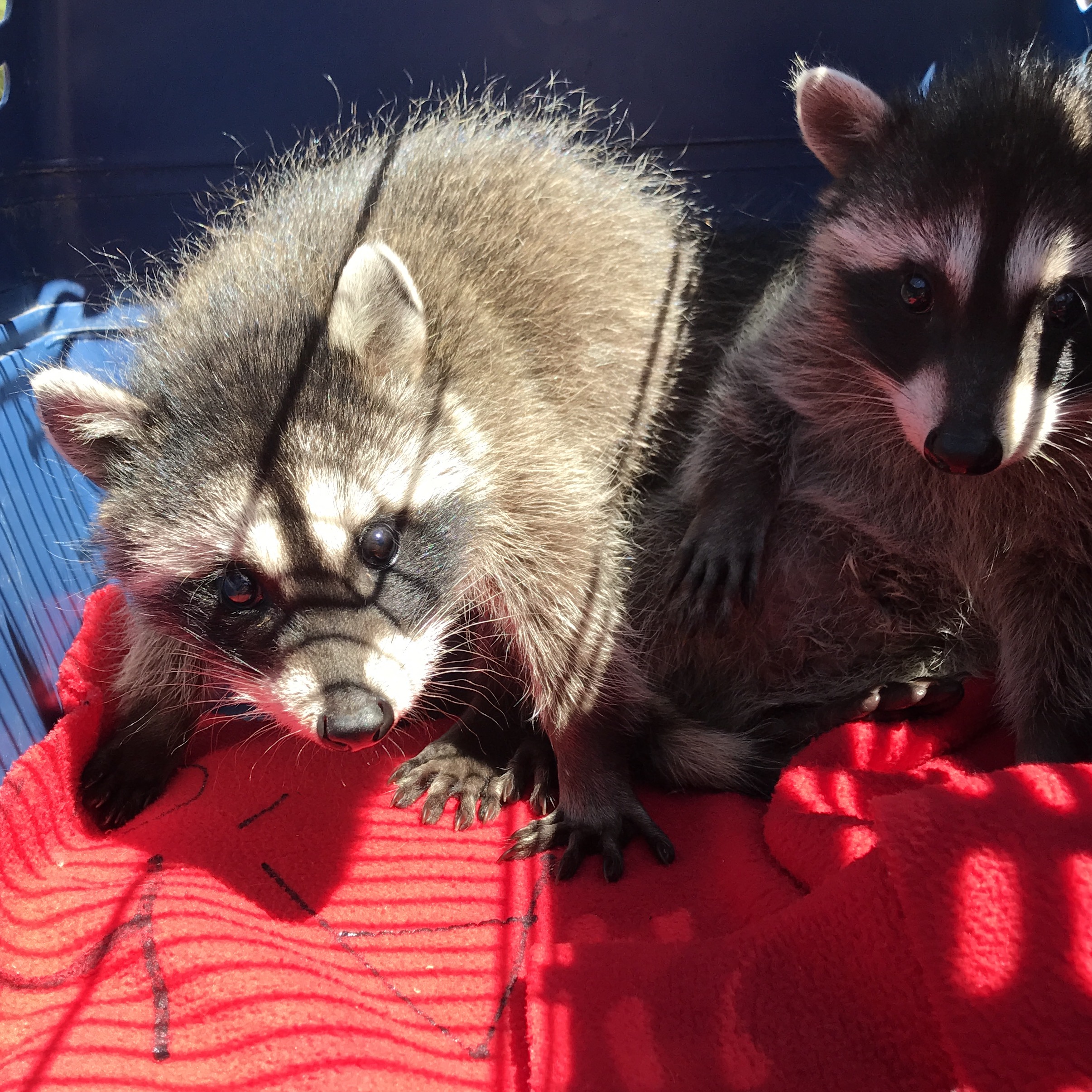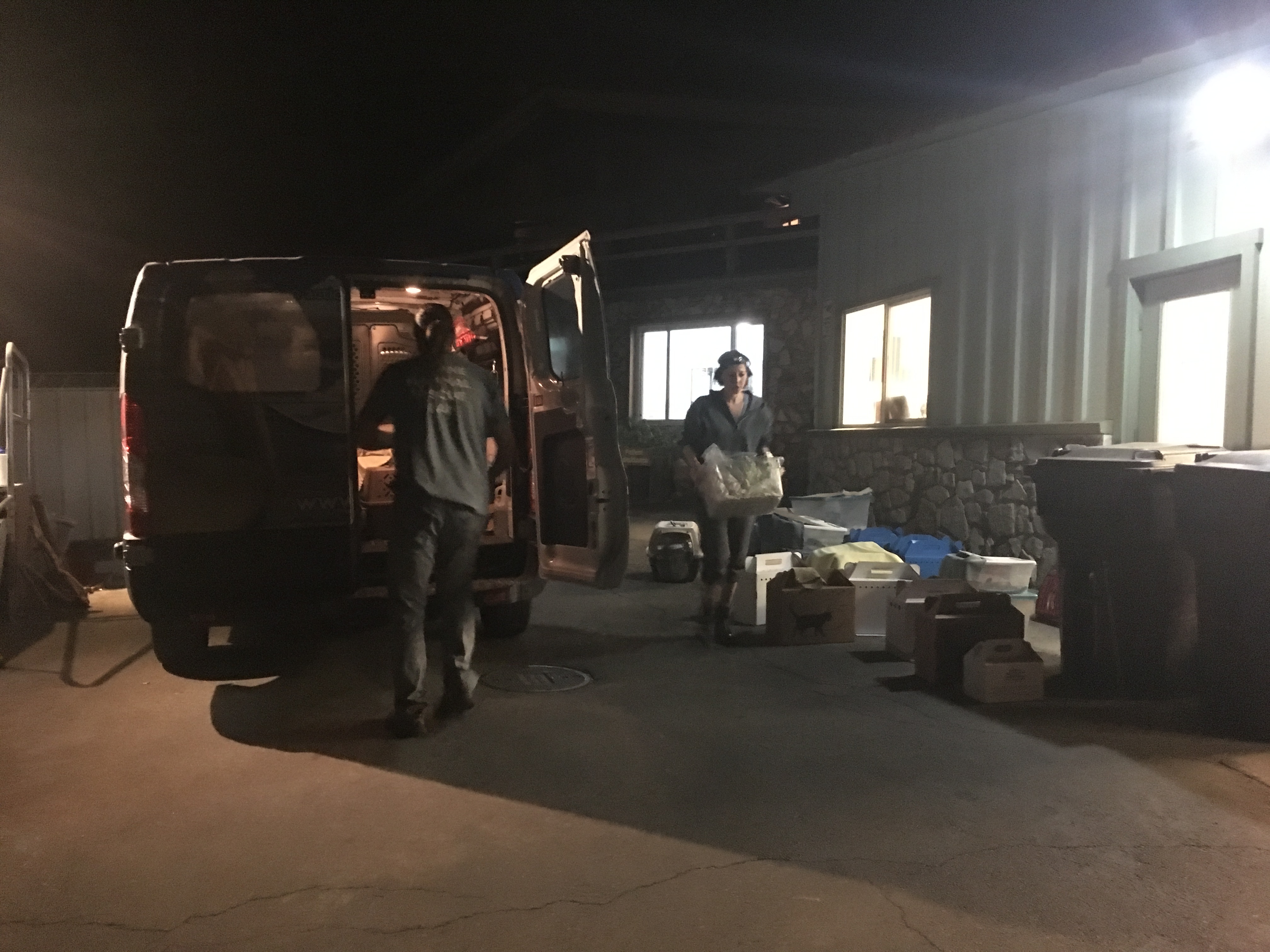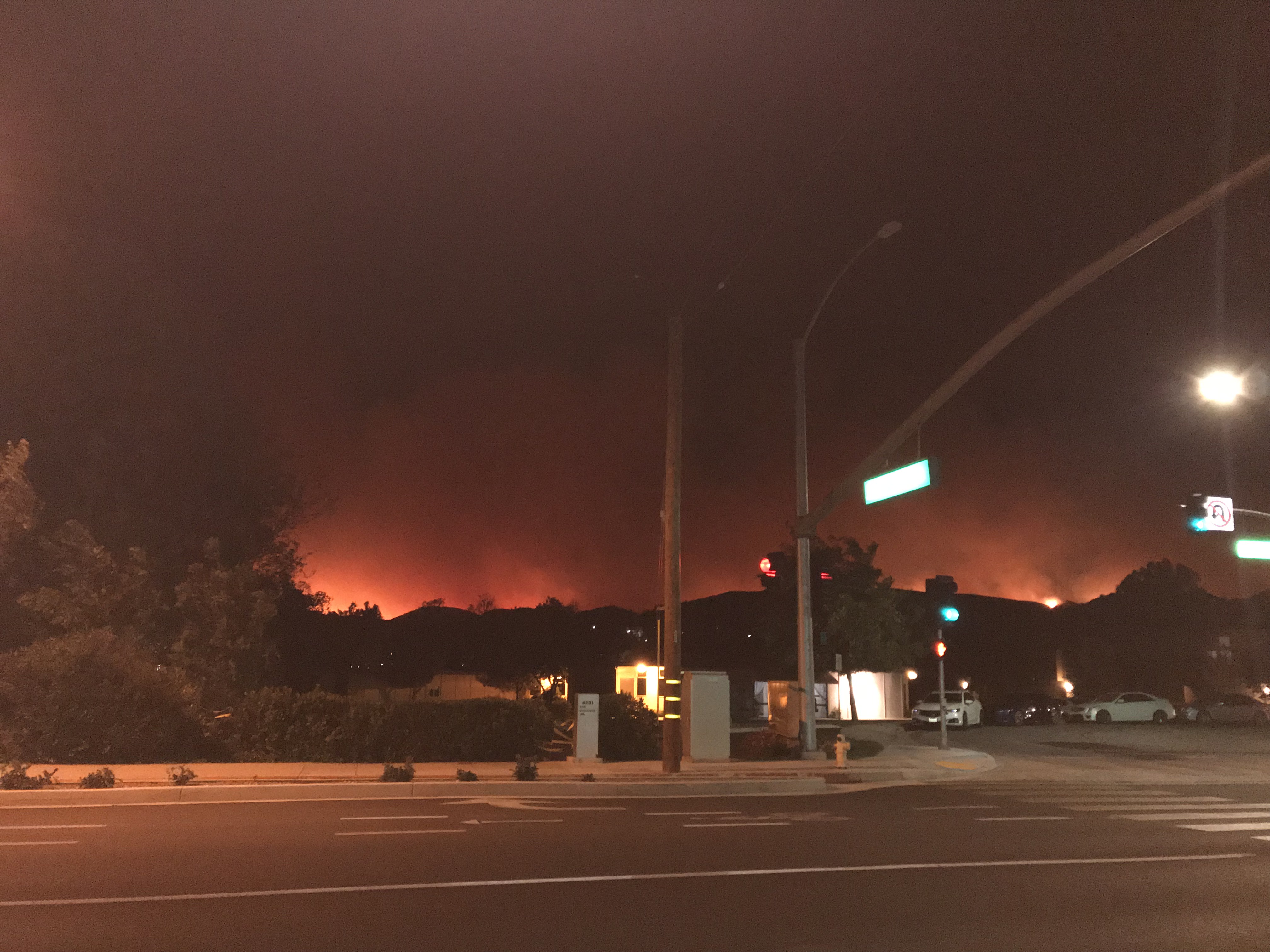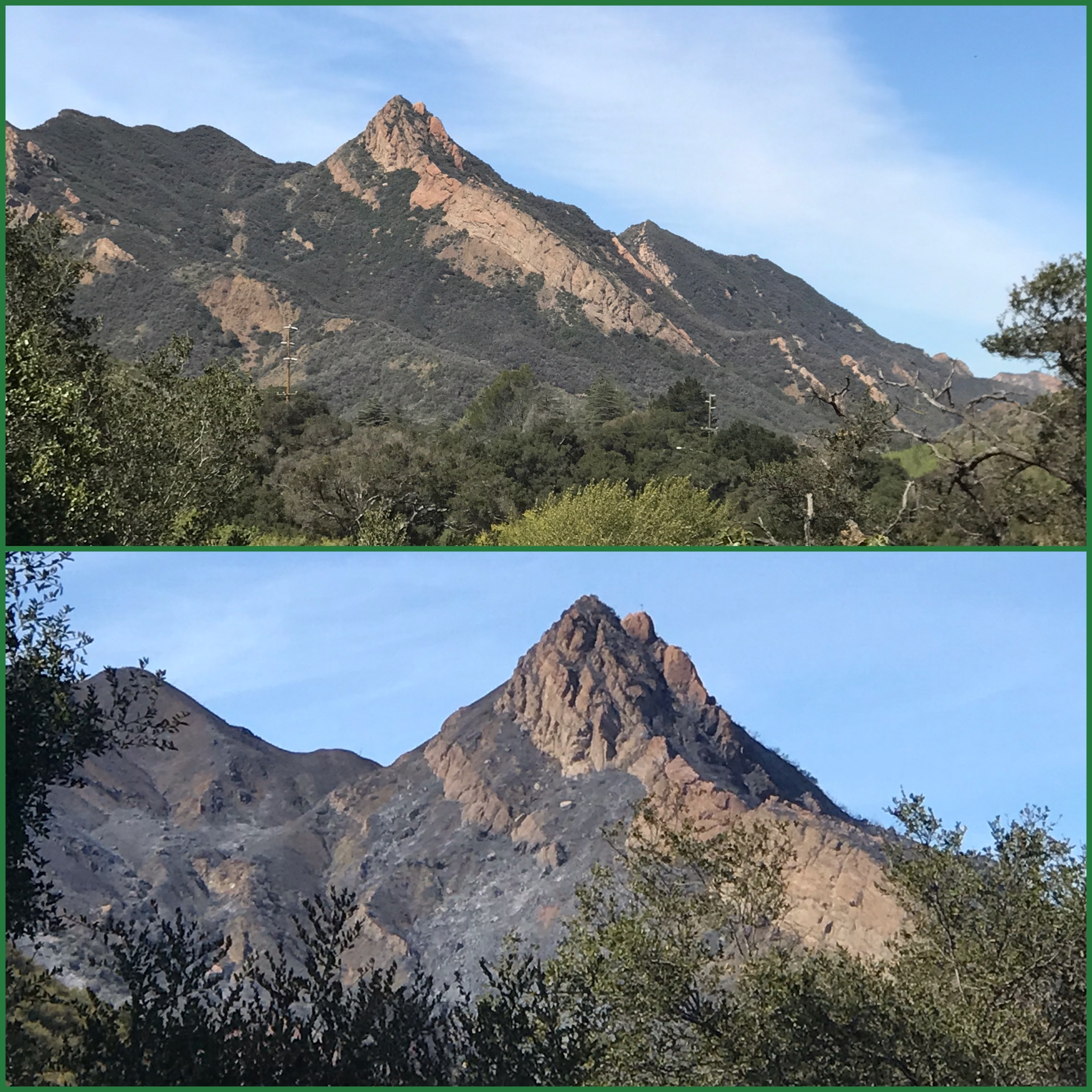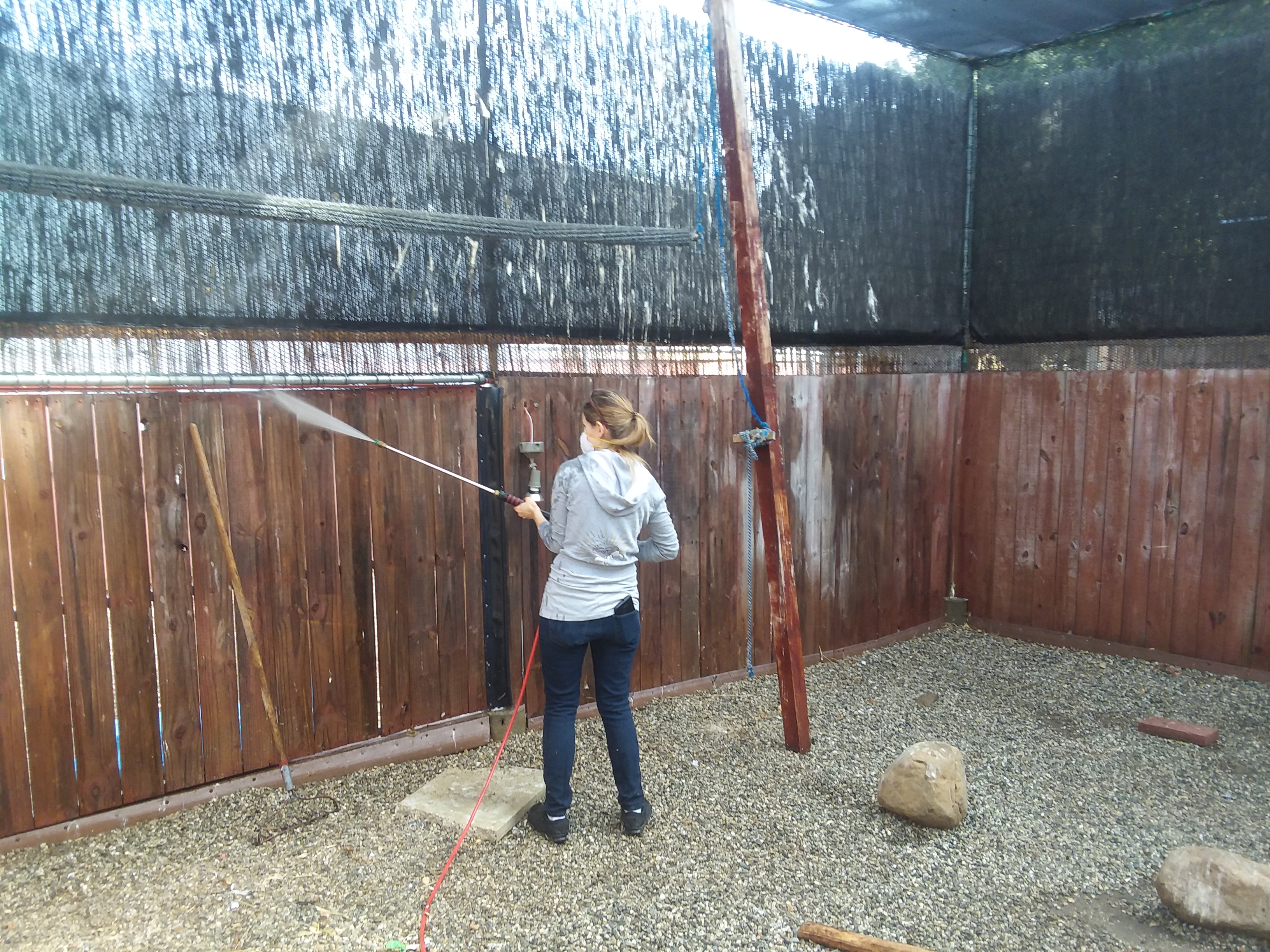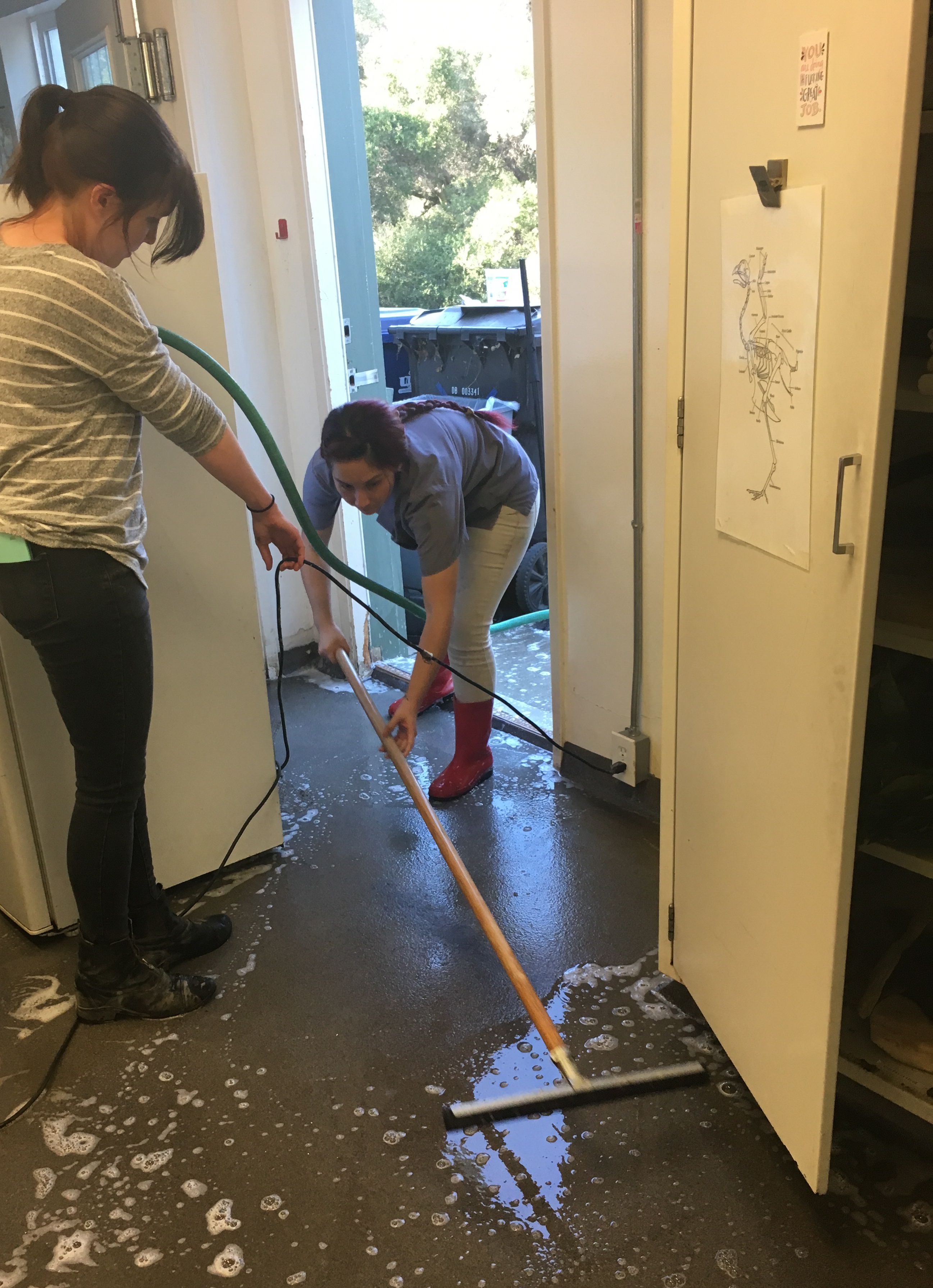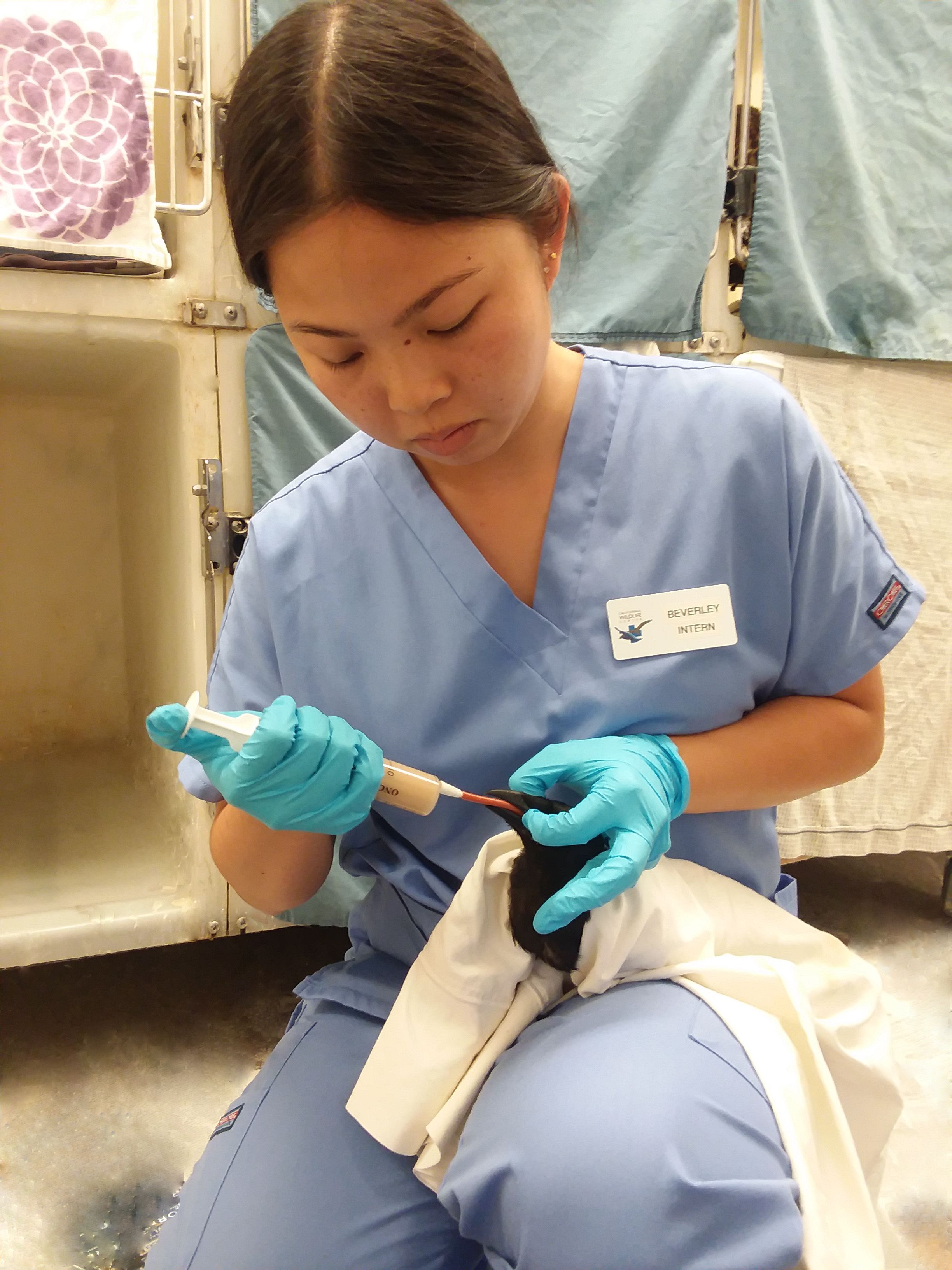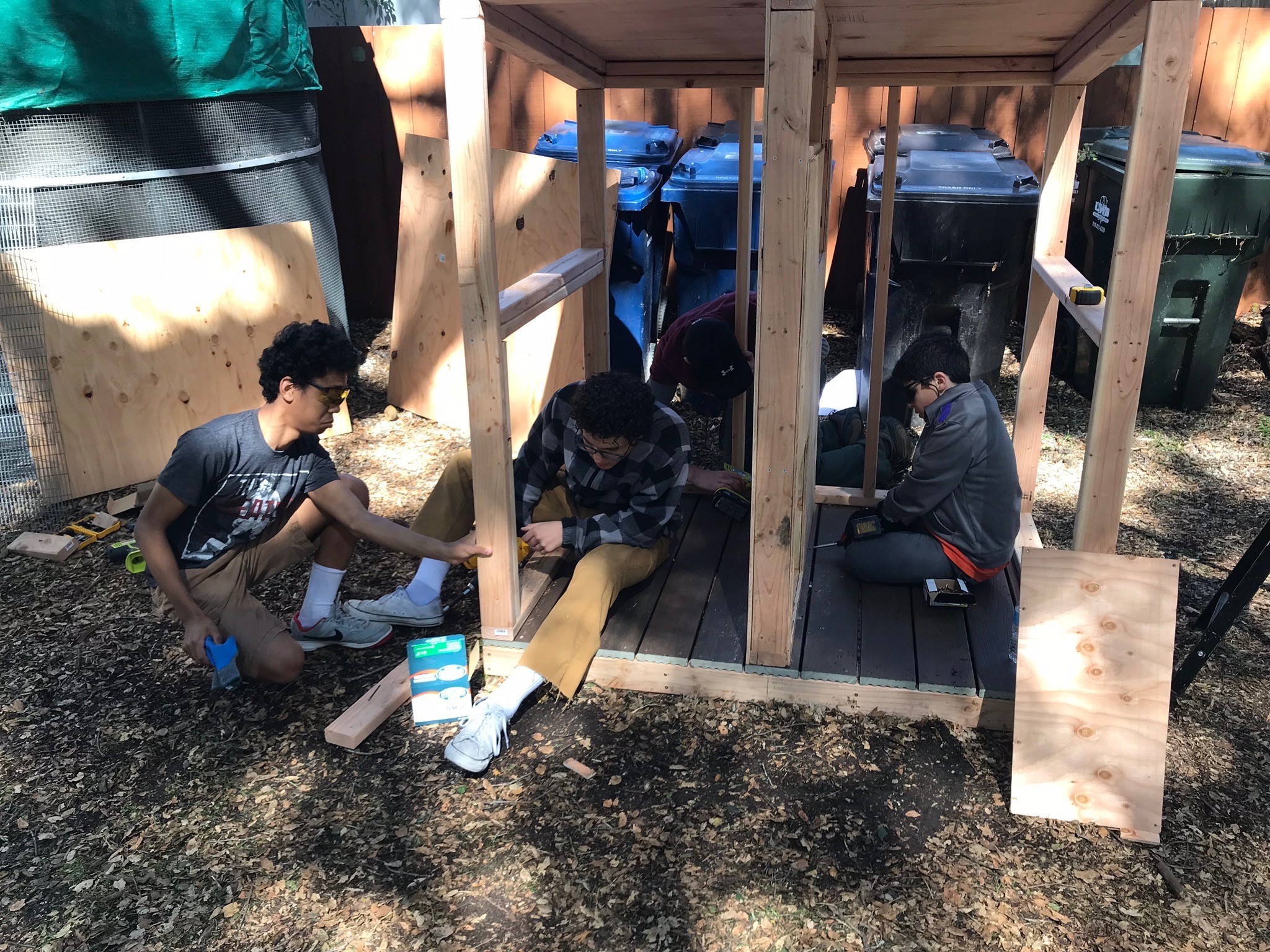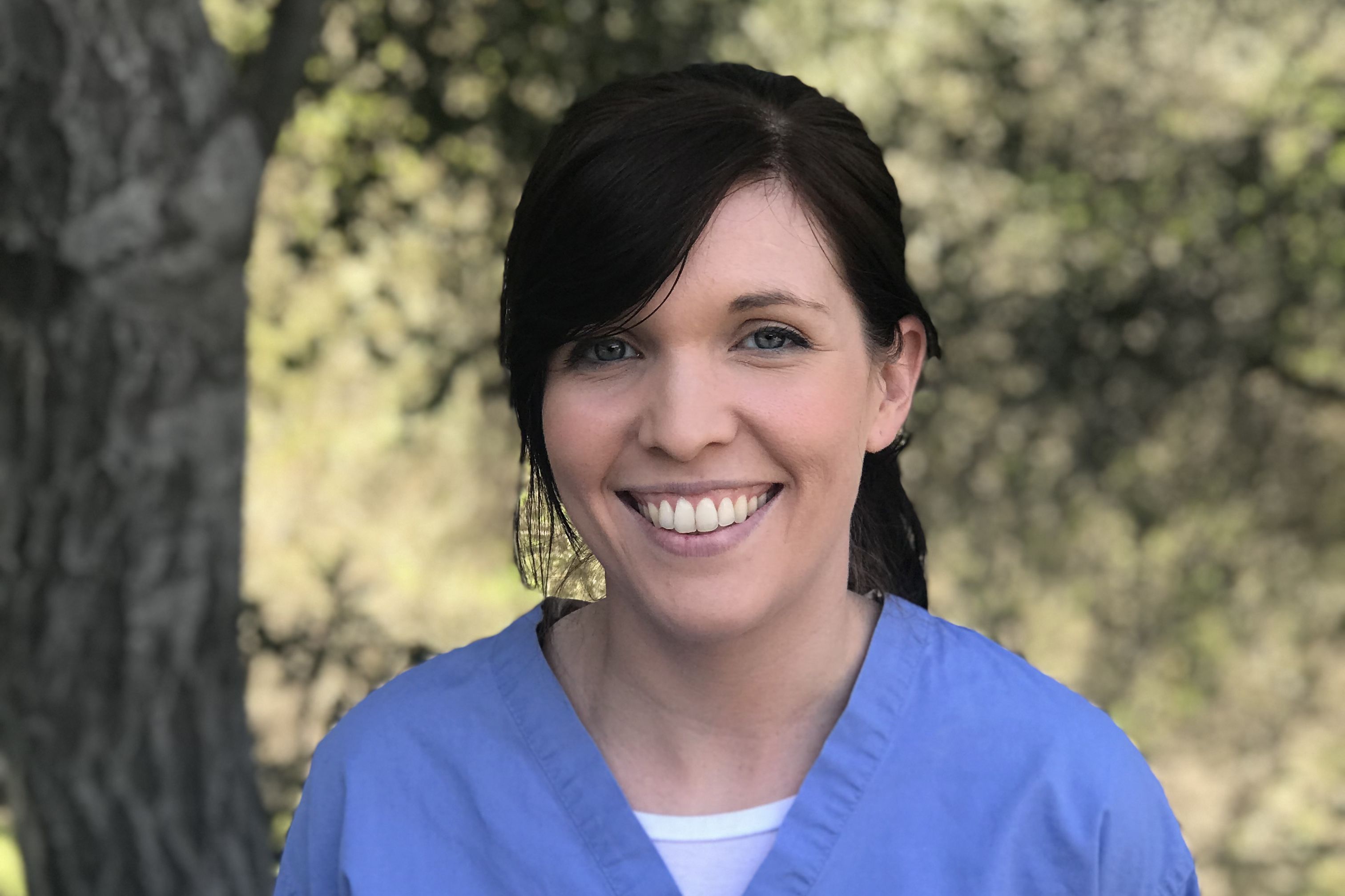Covid-19 & CWC
By Jennifer Brent, Executive Director
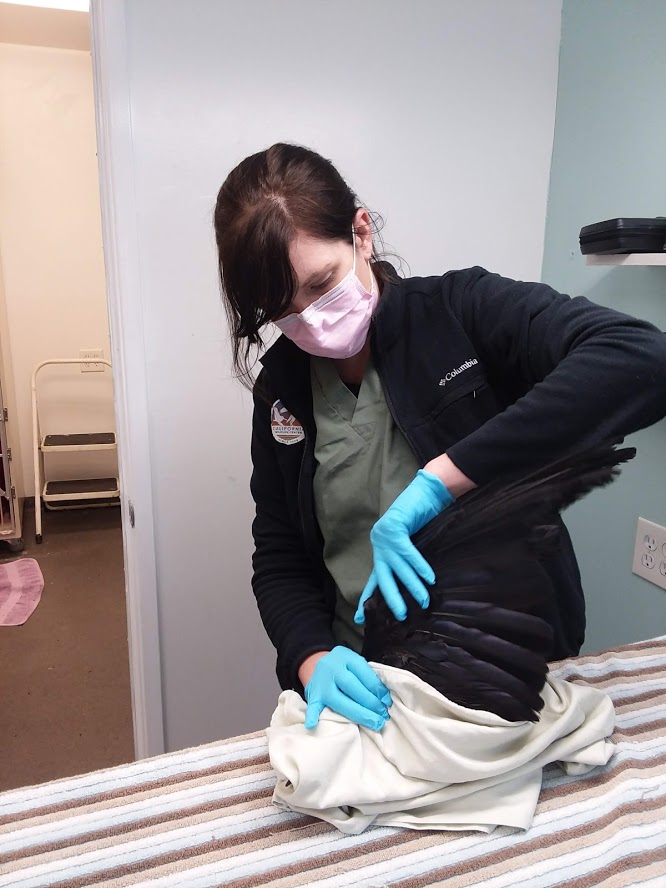
Dr. Stephany Lewis examines a Raven while wearing a mask
Photo by Heather Patrice Brown
Like everyone in the world, we have been impacted by Coronavirus at California Wildlife Center. While many of its effects have been negative, it has surely shown us how resilient we are, and how much amazing support we have in the community.
We have had to discontinue the use of volunteers as we cannot support social distancing with the numbers of people we usually have on site. Our legions of interns from around the country who join us each summer to learn about wildlife husbandry have been asked to stay home. The extern program, which enables vet school students to work with Dr. Lewis, has been put on indefinite hiatus. However, we have also had some outstanding volunteers who have made us masks at home, who have brought us donations and snacks, created educational videos, and others who are assisting with bringing us animals from the shelters. We enjoy receiving their emails of encouragement and letting us know how much they miss the animals.
We have had five staffers out sick for extended periods, although thankfully none tested COVID-positive. Administrative staff have been working from their homes to minimize the number of people at CWC. For staff that is on site, masks are worn, social distancing is supported and temperatures are taken twice daily for all. We are bleaching all common surfaces three times a day and taking multiple other steps to keep everyone healthy.
Those of us who are here are focused on one thing-helping the patients. We all are doing laundry, preparing diets, mopping floors and feeding the hundreds of animals on site.
We’ve modified our intake procedures to support social distancing. Members of the public are asked to text all pertinent information rather than speak directly to staff on site. Unfortunately, this has also resulted in a reduction of our income as we often have rescuers offer a donation when they bring us an animal.
With stay-at-home orders, fewer people are outside, and we’ve also had a decline in the number of overall animals. It’s unclear whether that’s a result of a reduction in number of animals being injured by people or if they’re being injured at the same rate and just not being assisted and brought to us. With many of the local animal shelters closed, we are also receiving fewer injured or ill animals from them. Currently we are -29% intake numbers year to date. Spring and Summer are our busiest times and it’s difficult to judge where we will end up for the year. Our marine mammal program has responded to half of the number of calls as in 2019. Our belief is that, with homeowners and lifeguards on site, that this is simply a light year for strandings.
What we are certain of is that California Wildlife Center will endure through this crisis and continue to be here for the animals and residents of Southern California.

